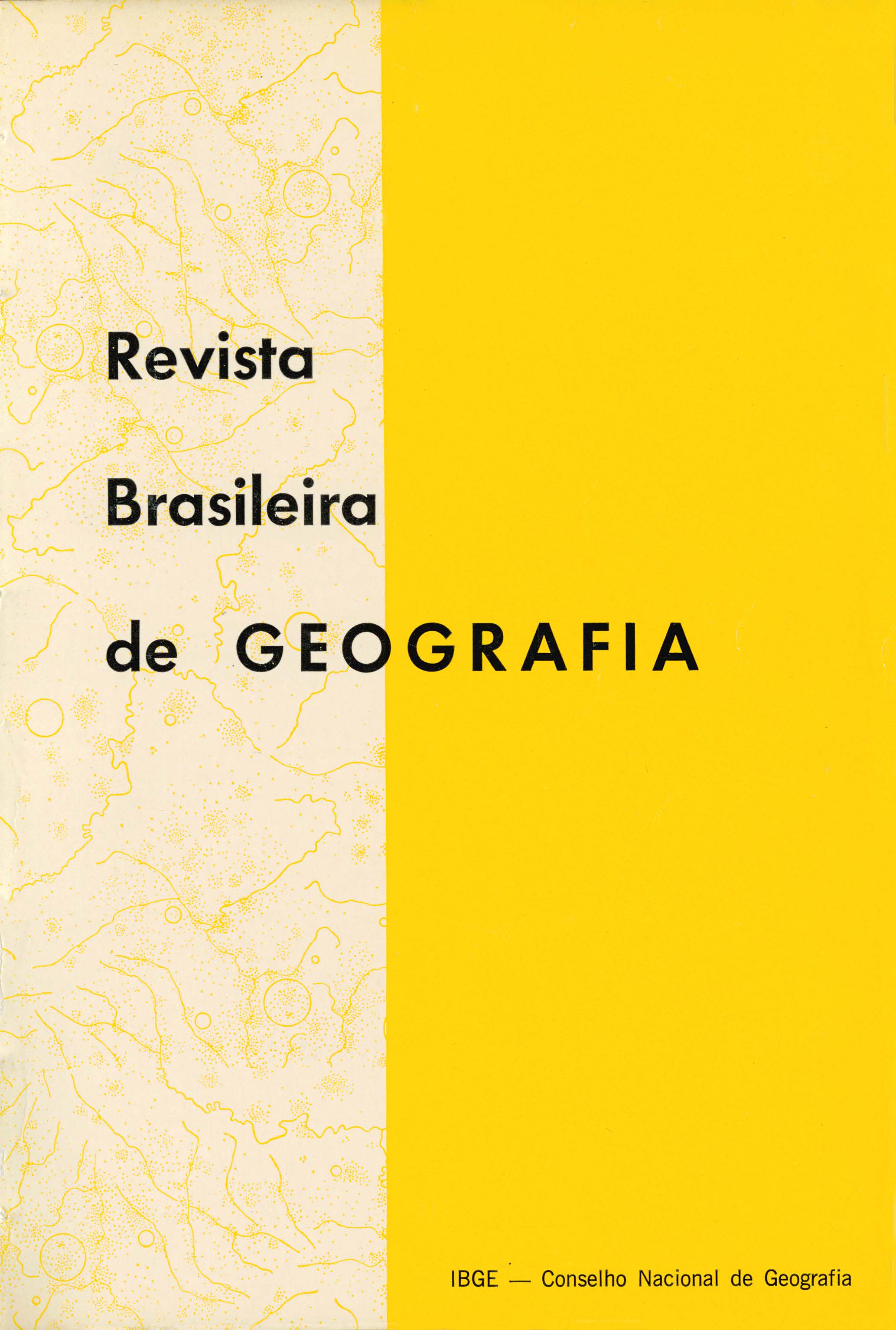Tipos ecofisionômicos de vegetação do Território Federal do Amapá
Palavras-chave:
Amapá;, Vegetação;, Fitogeografia;, Biogeografia;, Mapas.Resumo
The researches development about the Plant Biology in Brazil, besides the others subjects they have some problems like the lack of data with e phytogeographic character. The necessity of knowledge about the distribution of vegetation types, that occur in our territory, it had claimed by the experts of the different parts of botanic. By the other hand, in those activities relative with development process and regional plan, is claimed too, frequently, the cooperation of great specialists able to contribute to the search of basic information, detaching those relatives to the natural resources.
However, in a program that considers the necessity of mapping realizations of Brazilian's vegetation, there exists the necessity of not forget a fundamental aspect, that of the results presentation scale. The lack of information about flora, the amplitude of the area to be cartographed, so as the urgency of that kind of information which appointed the choice of the 1/1 000 000 scale as a prime approach. Also the use of techniques that permits an elaboration of documents with cartographic precision must be acceptable, suggests the utilization of the aerial photograph and photo-interpretation as a work instrument.
The Chart of Eco-physiognomies, Types of Vegetation of the Federal Territory of Amapá presented, that represents an application test over the technique, to be used on mapping and is preceded by a climatological synthesis of that administrative unity and the considerations of geomorphological order.
In the work, six fundamental types of vegetation were identified. Following, the author based on the climatic data, in the inferences elapses of the geomorphological and lithological characteristics and in the pattern of the vegetation's distribution, proposes the hypothesis of the work relative to the regional phytogeographic evolution.






